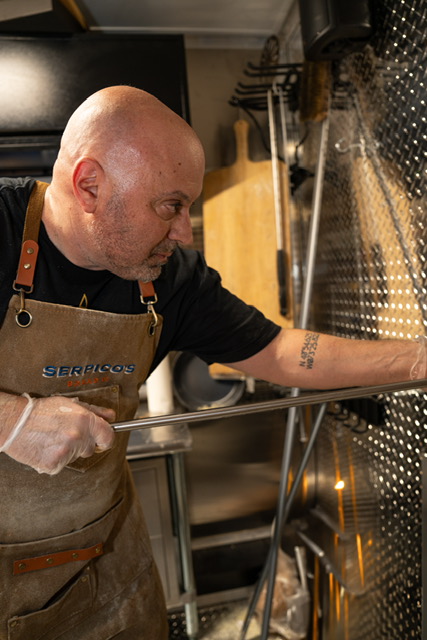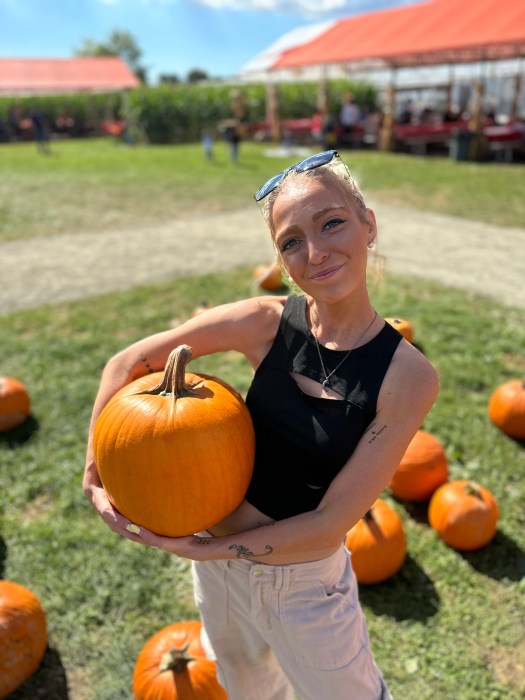U.S. Army Veteran James Boyle, 86, of Levittown served five years of active service, making three trips overseas during both World War II and the Korean War.
Despite never seeing combat, he remembers witnessing first-hand the repercussions of wartime. Serving a non-combative role, working as a radio technician, Boyle still recalls marching with his troop in the aftermath of a battle on the streets of Munich during his first tour of duty.
“There wasn’t a [single] building left on the sides of the street,” Boyle said, remembering the aroma in the air.
Boyle enlisted in the U.S. Army in 1946 with the hopes of serving as a paratrooper. However, with the war dwindling, the U.S. Army was no longer taking any more paratroopers. So, he accepted an assignment to the 11th Engineer Combat Battalion and was deployed into Marburg, Germany.
Helping the Battalion with its demolition work, Boyle would continue to serve with the company until 1948, when he and several others were sent back home from Vienna, Austria. According to Boyle, nearly 500 engineers would stay behind to help carry out reconstruction projects.
But it wasn’t long before he received a letter from the U.S. government to return. “I remember thinking, I’ll join the reserves, there will never be another big war,” Boyle remarked. “So I did… Bad mistake.”
Boyle was reactivated two more times—once more from 1948-1949 and then again from 1950-1952.
In the interim, between serving in both WWII and Korea, Boyle would get a bit of a reprieve. Under the G.I. Bill, Boyle enrolled in classes for radio and television, where he learned much of what he needed to be prepared for his assignment in Korea. Unfortunately, due to an agreement that Boyle signed with the U.S. Government, some of his work for the U.S. Army is still classified.
“Some stuff, even today, I can’t talk about,” Boyle said.
Working with ultra-high frequency radar equipment, Boyle said he worked on special frequencies that were restrictive to enemy forces. As a technician, he would rebuild radio receivers, walkie-talkies, and radio transmitters.
“Compared to today’s [technology], it was like working on a Model T Ford,” he joked.
Returning from war—this time for good—Boyle would remain in Brooklyn until 1959, when he would get married and move with his wife Madeline to their new home in Levittown.
Settling in Levittown, Boyle and his wife would have six children, 13 grandchildren and 7 great grandchildren. Although, Boyle would stay away from the American Legion Post #1711 for quite some time following his time in the service. He would eventually join in 1964.
“The Legion has done a lot of good work,” Boyle said.
Among the many programs offered by the Legion, Boyle said he enjoys the scholarship program most. He said it originated as a program to help put nurses-in-training through college. Today, it has evolved to give Levittown students an opportunity to attend college.
Looking back at the many changes in the community over the past forty-plus years, Boyle said that so much has changed since he first left Brooklyn. He remembers how there used to be a Woolworth’s in the center of town, where he and his wife would go to buy stuff for their children.
“Some people say it’s turned into a slum,” said Boyle, “I wish they were here to see it now… [I still think] it’s the best town in Nassau County.”


































